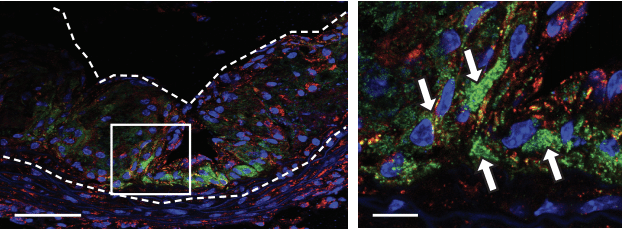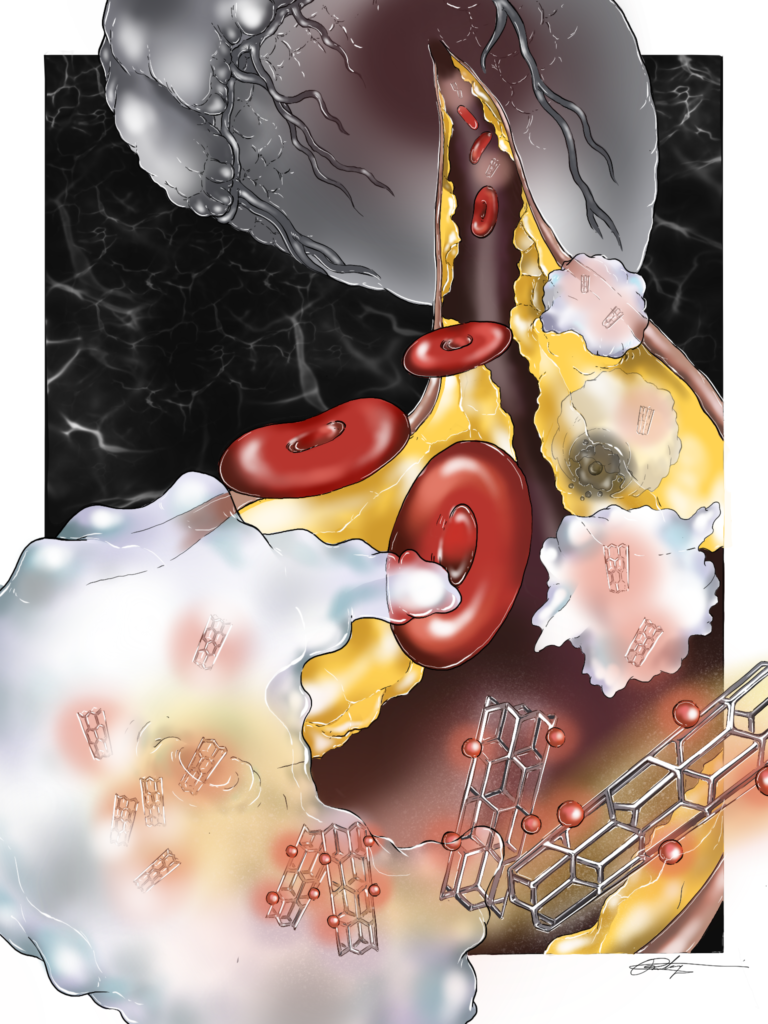A collaborative team of scientists from Michigan State University and Stanford University has recently come up with a nanoparticle that can eat heart attack causing plaques.
Dubbed as Trojan Horse, the nanoparticle can be directed to eat debris, reducing and stabilizing plaque. According to scientists, the nanoparticle could be used as a potential treatment for atherosclerosis, the process that underlies heart attack and stroke.
Once inside the macrophages in those plaques, the nanoparticle can deliver a drug agent that stimulates the cell to engulf and eat cellular debris. It evacuates the diseased/dead cells in the plaque center. By reinvigorating the macrophages, plaque size is decreased and stabilized.
Bryan Smith, associate professor of biomedical engineering at MSU, said, “Future clinical trials on the nanoparticle are expected to reduce the risk of most types of heart attacks, with minimal side effects due to the unprecedented selectivity of the nano-drug.”

During experiments, this new approach found to stimulate the macrophages to eat dead and dying cells selectively—these inflammatory cells are precursor cells to atherosclerosis—that are part of the cause of heart attacks.
Smith said, “We could deliver a small molecule inside the macrophages to tell them to begin eating again.”

“We were able to marry a groundbreaking finding in atherosclerosis by our collaborators with the state-of-the-art selectivity and delivery capabilities of our advanced nanomaterial platform. We demonstrated the nanomaterials were able to selectively seek out and deliver a message to the very cells needed. It gives particular energy to our future work, which will include clinical translation of these nanomaterials using large animal models and human tissue tests. We believe it is better than previous methods.”
The results os the study are published in the current issue of Nature Nanotechnology.
